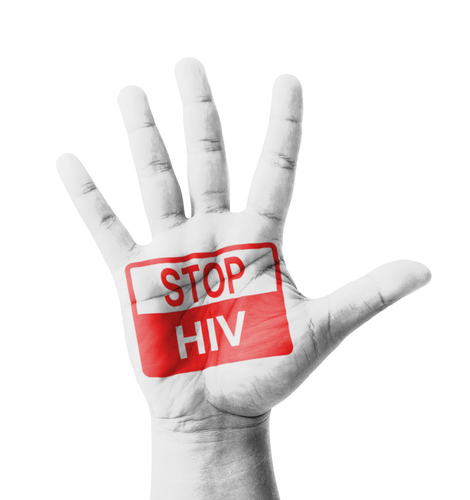Health
DOH: 6 PH cities with ‘HIV epidemic’ may become ‘uncontrollable’
MANILA – The Department of Health (DOH) warned six cities with an HIV ‘concentrated epidemic’ to take drastic measures now before their rates reach ‘uncontrollable levels’ in the following years.
Among the six cities with high prevalence rates of males who have sex with males (MSM) were Cebu (7.
7 percent), Manila (6.7 percent), Quezon City (6.6 percent), Caloocan (5.3 percent), Davao (5 percent) and Cagayan de Oro (4.7 percent).
“According to [the World Health Organization], ‘pag lumagpas yan ng 5 percent, in a matter of two years’ time, the HIV in these areas will really be uncontrollable already so lessons learned, huwag po talagang hayaan na umabot ng 5% yung HIV prevalence in any of the cities,” Dr. Jose Gerard Belimac, of the DOH’s National HIV/STI Prevention Program, said in a report by Rappler.
(According to the World Health Organization, if that goes beyond 5 percent, in a matter of two years’ time, the HIV in these areas will really be uncontrollable already so lessons learned, let us not allow HIV prevalence in any of the cities to reach 5 percent.)
Although Cebu had the highest prevalence rate, Belimac noted that Caloocan was the ‘most problematic’ city because most infections in the area were among male sex workers.
Other high risk areas with high prevalence rate of MSM were Antipolo, Cainta, Bacoor, Dasmariñas, Imus, Sta. Rosa, Laguna and San Jose del Monte, Bulacan; while other high prevalence cities were Angeles, Bacolod and Zamboanga City.
Belimac also disclosed that from 0.30 percent in 2007, the prevalence rate among MSM reached 1.50 percent in 2009, 2.12 percent in 2011 and 3.50 percent in 2013, making 3.5 of 100 MSM at present infected with HIV.
“We cannot force those who don’t want to use condoms,” he said, adding that there was only 35 percent of condom use prevalence in MSM.
Meanwhile, among the 682 new cases of HIV/AIDS in the country, 31 cases were from Western Visayas with at least one person in the region diagnosed with HIV every day.
According to a report by the HIV/AIDS and STI Surveillance and Strategic Information Unit and the Regional Epidemiology and Surveillance Unit-Western Visayas, MSM was the leading mode of transmission, followed by heterosexual contact and sharing of needles.
“MSM’s are at a higher risk because of their sexual behaviors along with those who pay for sex and get paid for sex so we have been trying to reach out to this high-risk groups and encourage them to take the test,” Rodolfo Chin Jr., DOH’s HIV/ STI Surveillance Assistant, said in another report also by Rappler.






















